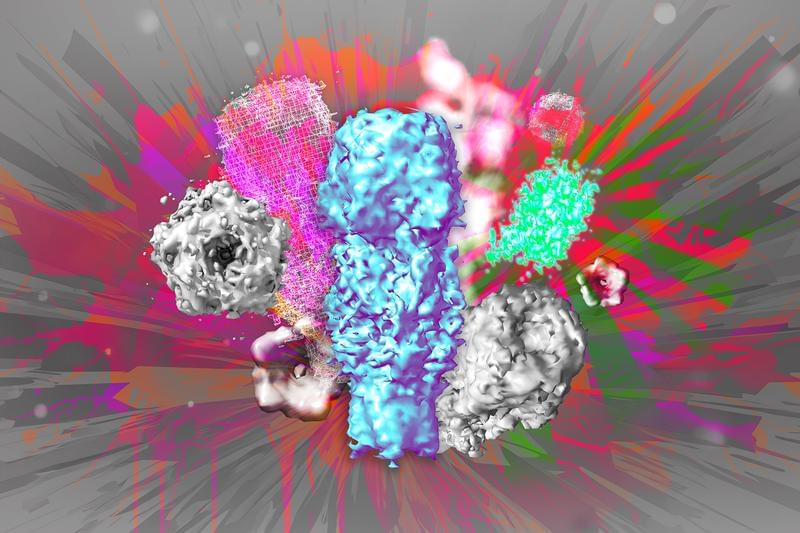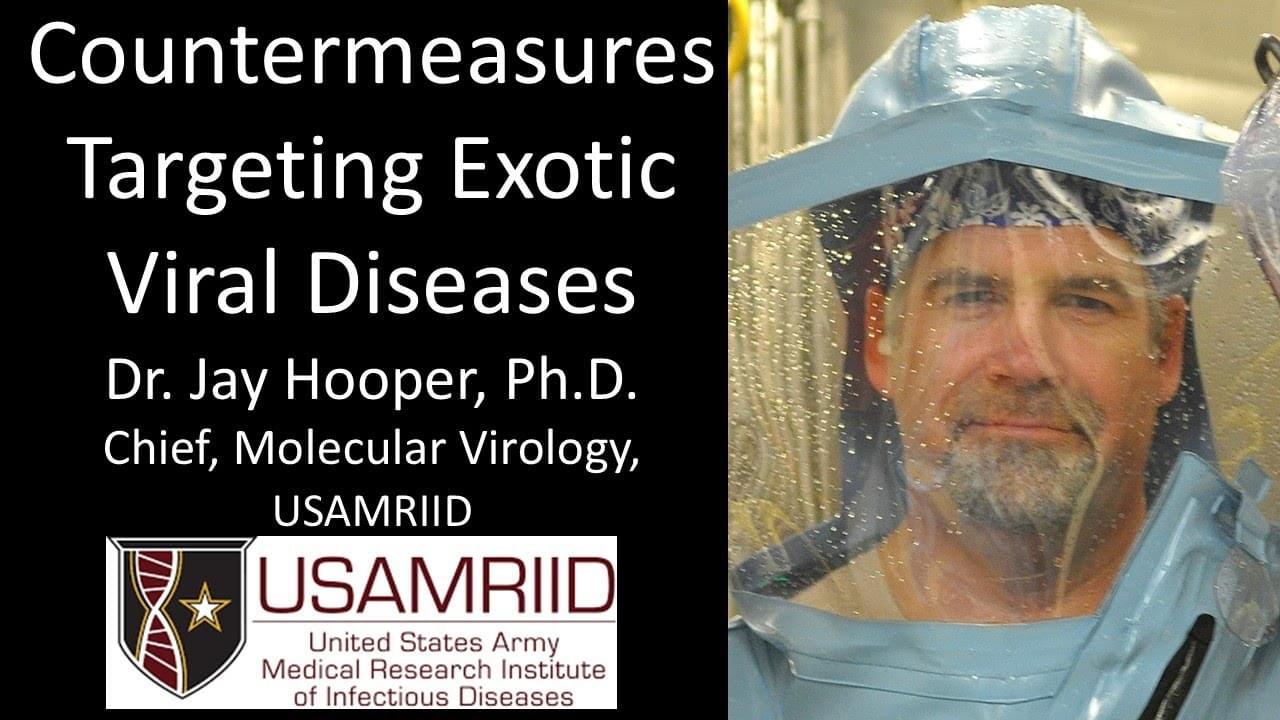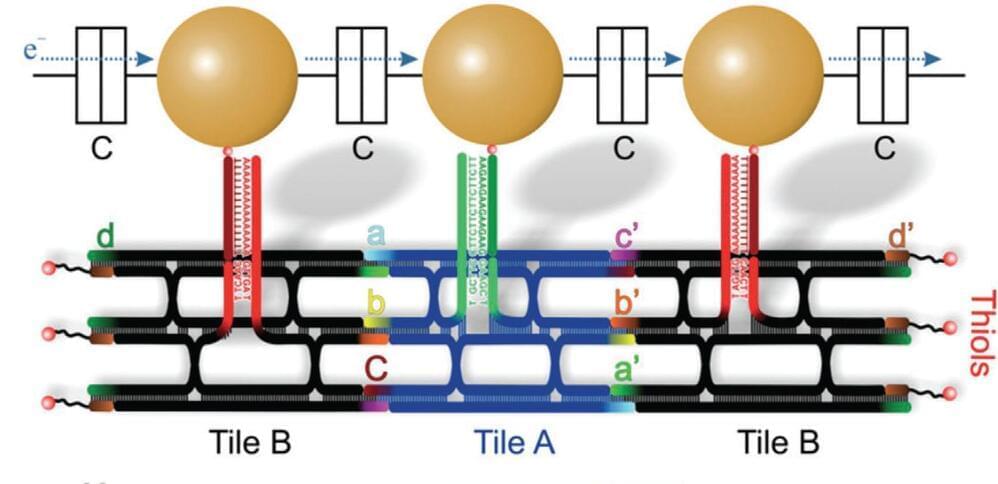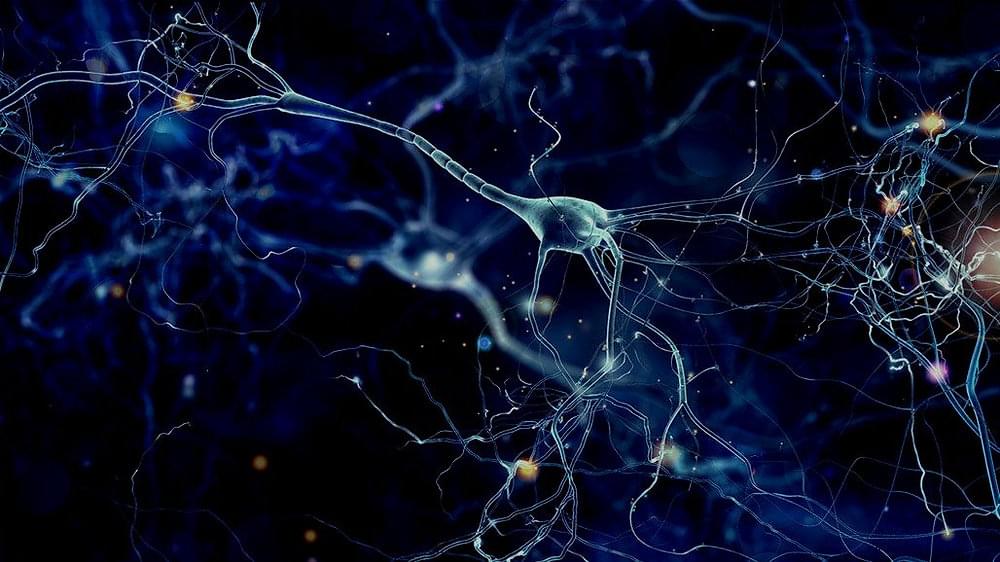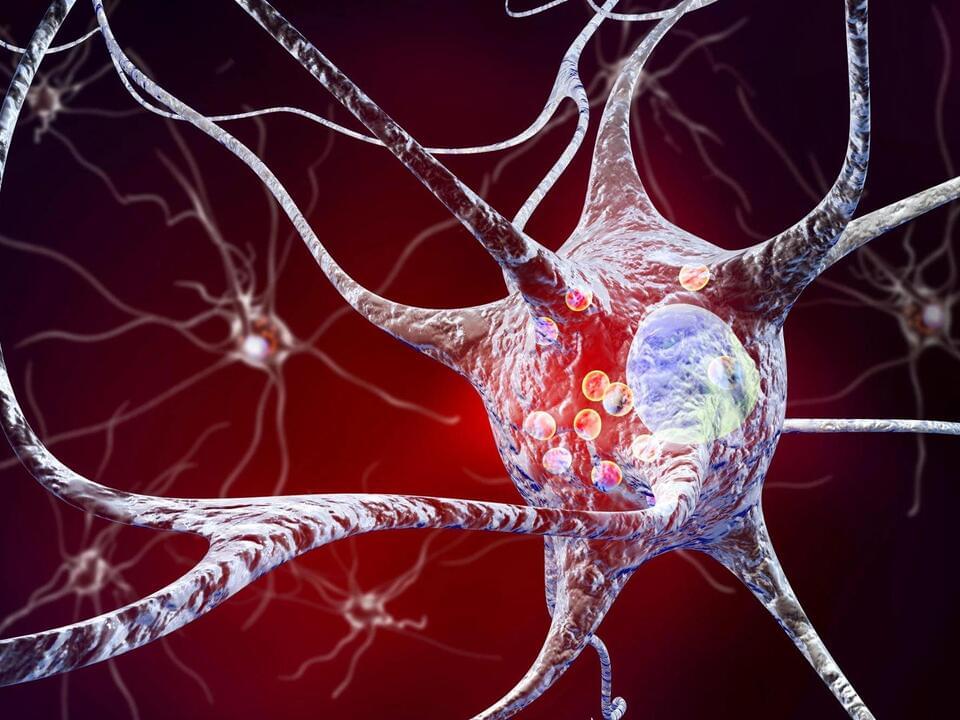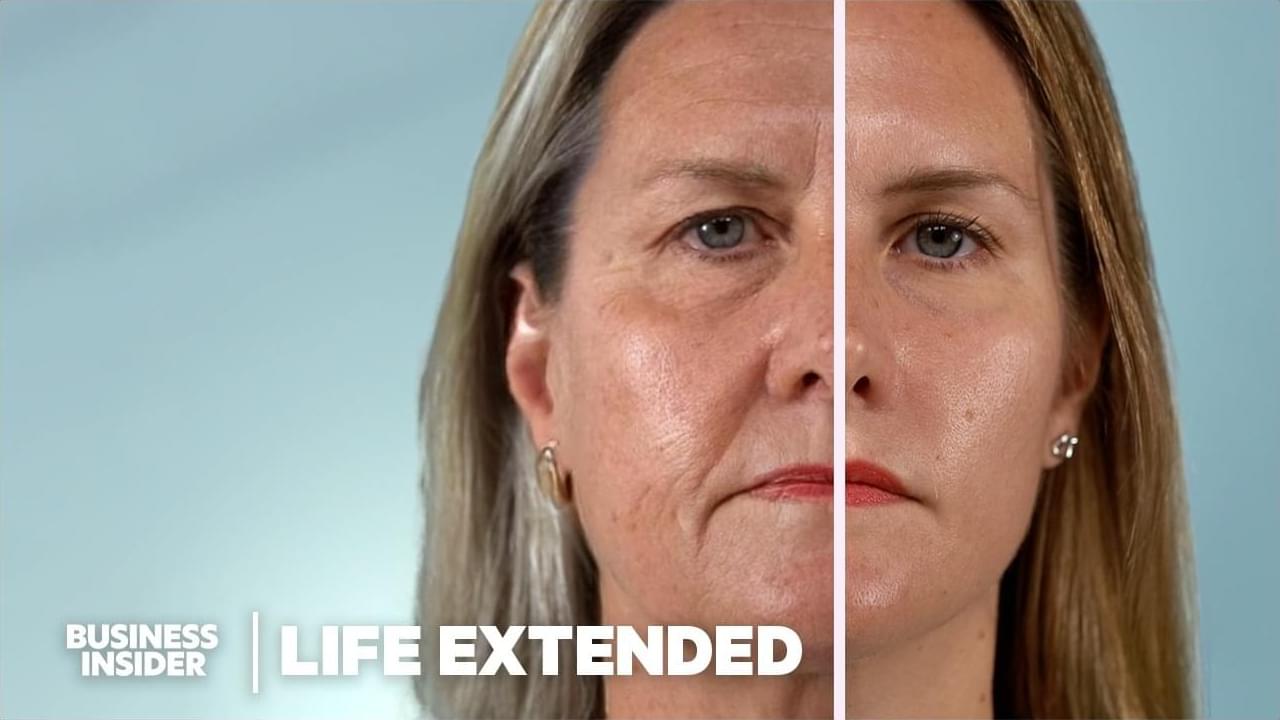Oct 9, 2024
ONE microscopy: from molecule to 3D structure with conventional microscopy
Posted by Dan Breeden in categories: biotech/medical, nanotechnology, robotics/AI
Researchers at the University Medical Center Göttingen (UMG), Germany, have developed a new method that makes it possible for the first time to image the three-dimensional shape of proteins with a conventional microscope. Combined with artificial intelligence, One-step Nanoscale Expansion (ONE) microscopy enables the detection of structural changes in damaged or toxic proteins in human samples. Diseases such as Parkinson’s disease, which are based on protein misfolding, could thus be detected and treated at an early stage.
ONE microscopy was named one of the “seven technologies to watch in 2024” by the journal Nature and was recently published in the renowned journal Nature Biotechnology (“One-step nanoscale expansion microscopy reveals individual protein shapes”).
Artistic impression of the first protein structure of the GABAA receptor solved by ONE microscopy. (Image: Shaib/Rizzoli, umg/mbexc)
